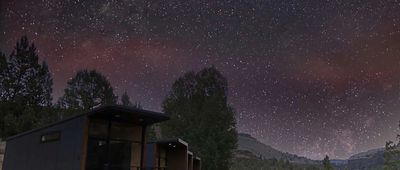Lawn Careless
Images of perfectly trimmed lawns, sprawling mansions, and white picket fences have been embedded in our minds to depict the American Dream. Since the 1950s, movies and TV shows have promoted cul-de-sacs covered in luscious green carpets as a symbol of suburban wealth and status. In reality, lawns are detrimental to the environment — they hurt our planet's biodiversity, release harmful gases, and worsen the climate crisis.
Related: Cheap Gardening Tips for Starting Your Vegetable Garden














